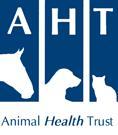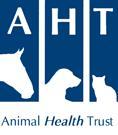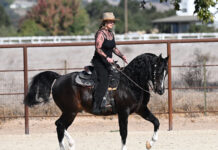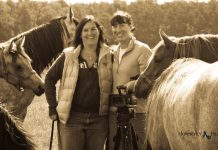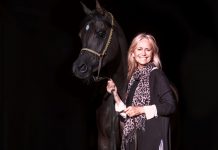One of the UK’s most eminent equine orthopaedic specialists, Dr Sue Dyson, is playing a leading role in a series of new educational videos aimed at helping riders, owners, trainers and vets to recognise musculoskeletal pain and subtle lameness sooner. Dr Dyson, who is Head of Clinical Orthopaedics at the Centre for Equine Studies at the Animal Health Trust in Newmarket, UK, believes that the videos are a valuable learning tool to help improve the welfare and performance of the ridden horse.
Recognising Subtle Lameness is a four-part video series that is being rolled out over a couple of months, with the third video released this week. The series has been produced by the US’s popular evidence-based online educational resource Equitopia, in conjunction with Padma Video. It has enabled Dr Dyson to bring to life the key findings of her studies to help to engage her target audience – anyone who is involved with horses.
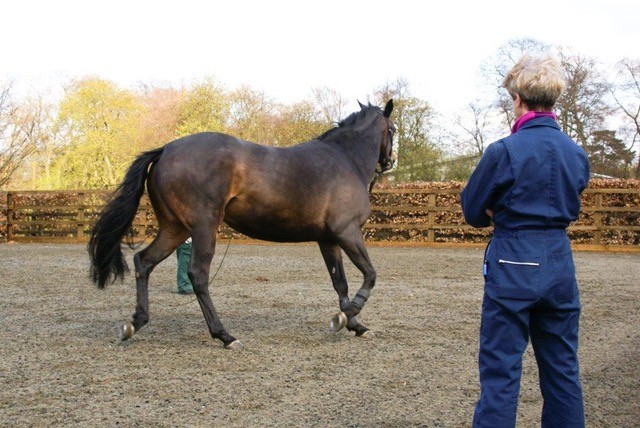 |
|
Dr Sue Dyson observing a horse being lunged |
The videos give the viewer clear, practical guidance on how to pinpoint the notoriously elusive common culprit for poor performance and behavioural issues: pain. In addition to focussing on Dr Dyson and her work, the first three videos in the series harness the knowledge of renowned equestrian experts including equine veterinary behavioural medicine specialist Jeannine Berger, Saddle Research Trust founder, Anne Bondi; Concordia Connection founder, Milly Shand; equine veterinary surgeon and horse training and rehabilitation specialist Karin Liebbrandt; and eventing coach, author and bridle designer William Micklem. Together they deliver a crisp, concise perspective on the many variable factors associated with pain-induced lameness including primary musculoskeletal pain, tack induced pain or rider induced pain.
-
Video 1 explains the familiar indicators of lameness before revealing pain’s less obvious signs such as facial expressions and behaviour https://youtu.be/0lPvyxzSER0
-
Video 2 outlines a protocol for establishing the main sources of underlying pain associated with subtle or obvious lameness in horses https://youtu.be/VDvzKV8H4XQ
-
Video 3 shows how to recognise the facial expressions of a horse in pain https://youtu.be/QUzvYluYsSo
-
Video 4, to be released later this month, covers aspects of the rehabilitation of a lame horse.
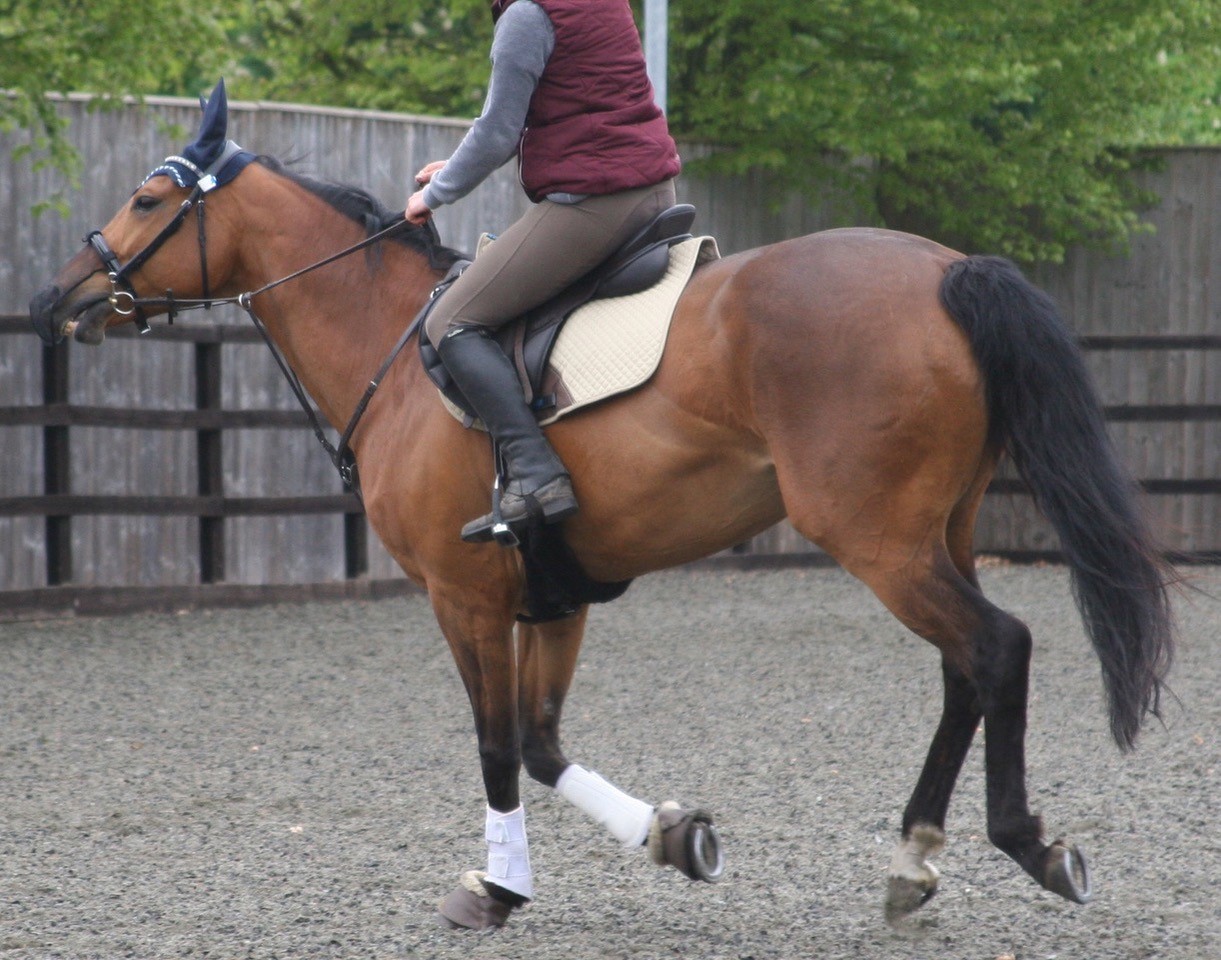 |
|
A horse displaying behavioural adaptations to lameness |
As a rider to top national level in both show jumping and eventing, as a trainer and as an equine orthopaedic specialist Dr Dyson has, over many years, repeatedly observed behavioural adaptations to lameness. Such adaptations were seen in ridden horses and improved, but were not necessarily completely abolished, by the resolution of lameness by diagnostic analgesia. These experiences were the inspiration for her substantial work on the behavioural signs of pain, which includes an ethogram for facial expressions in ridden horses as a first step toward assessing pain other than through obvious gait changes.
“I was fed up with seeing horses, often a long time after behavioural signs may have indicated something wasn’t quite right,” explains Dr Dyson. “Owners would say ‘he’s always been a grumpy horse’, ‘he’s never been a willing horse’, ‘he’s never wanted to stand to be mounted’ and so on. So many vets are missing a trick by not seeing horses ridden as part of a lameness investigation – despite the fact that most owners have horses in order to ride them. These things get missed at pre-purchase examinations too. Early recognition is nearly always advantageous for a better prognosis.”
The videos are being extremely well received around the globe, having clocked up almost 100,000 views already.
“I do understand why owners may want to bury their heads in the sand and not recognise that their horse has a problem but it is just so important from a welfare perspective,” said Dr Dyson. “Horses should be happy and it is our obligation not to exploit them. Quite simply, a pain-free horse will perform so much better. These videos should help riders, owners, trainers and vets understand what the horse is actually trying to say. We owe it to them to listen.”
Watch the videos free on YouTube now. https://youtu.be/0lPvyxzSER0 https://youtu.be/VDvzKV8H4XQ https://youtu.be/QUzvYluYsSo


